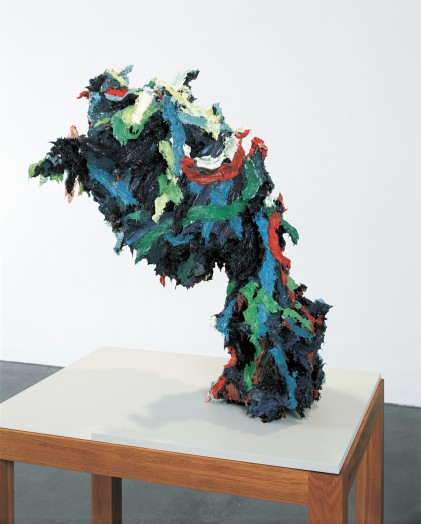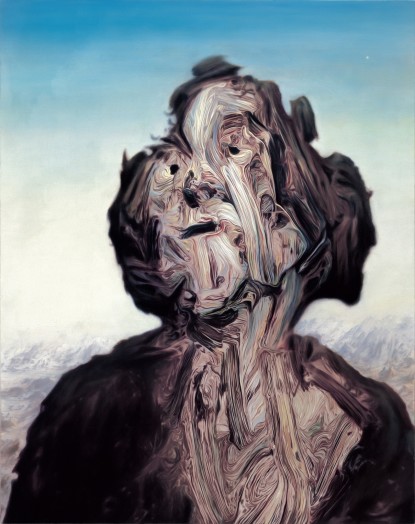Translations - Creative Copying and Originality: Thomas Dane, London
The directors of Thomas Dane are pleased to announce the exhibition Translations: Creative Copying and Originality.
The directors of Thomas Dane are pleased to announce the forthcoming exhibition Translations: Creative Copying and Originality. Seventeen works by nine artists look at the central role copying plays in day-to-day studio practice. The idea that artists create autonomously is a great myth. The exhibition shows how artists have always been attracted by the works of their predecessors and contemporaries and how they have explored the creative potential of copying for their own goals. Allowing a multitude of approaches to the source (record, exercise, parody, quotation, paraphrase, exorcism, caricature, metamorphosis, transformation, catalyst), copying has enabled artists to establish their own voices, to invoke and reject precedents and declare affinities, to measure distances and declare new goals. In some cases the most radically advanced work has been deeply indebted to history (For example, Cezanne's Bathers or Picasso's Les Demoiselles d'Avignon).
Because the subject of this show is so broad, it has been necessary to focus the exhibition on two specific areas.
One gallery is dedicated to works on paper by Paul Cezanne and Pablo Picasso, showing how historic sources gradually transformed into independent work. Cezanne is represented by no fewer than five drawings demonstrating his use of old master sources. Picasso is represented by two drawings from his famous series after Manet's Déjeuner sur l'Herbe.
The other galleries focus on British contemporary artists. The works exhibited include juvenalia, such as Bridget Riley's 1959 copy after Seurat. This seemingly straightforward act allowed her to find her own artistic voice and to take the decisive step into Op Art. Other works in the exhibition concentrate more on the discovery of affinities with works of the distant or immediate past (Peter Doig's paraphrase of Daumier, Frank Auerbach's homage to Rembrant's Crucifixion and Howard Hodgkin's masterful re-rendering of Degas). Contemporary examples will include works by Glenn Brown and a sculpture by Rebecca Warren inspired by the work of Degas.
The exhibition uncovers a wide array of circular influences, demonstrating how thinking about the past can hold the key to the future.
Included artists (in alphabetical order):
Frank Auerbach (after Rembrandt)
Glenn Brown (after Frank Auerbach)
Paul Cezanne (after Pierre Puget, Peter Paul Rubens and The Antiquity)
Peter Doig (after Daumier)
Howard Hodgkin (after Degas)
Gary Hume (after Petrus Christus)
Pablo Picasso (after Manet)
Bridget Riley (after Jan van Eyck and Georges Seurat)
Rebecca Warren (after Degas)
Curated by Karsten Schubert.


